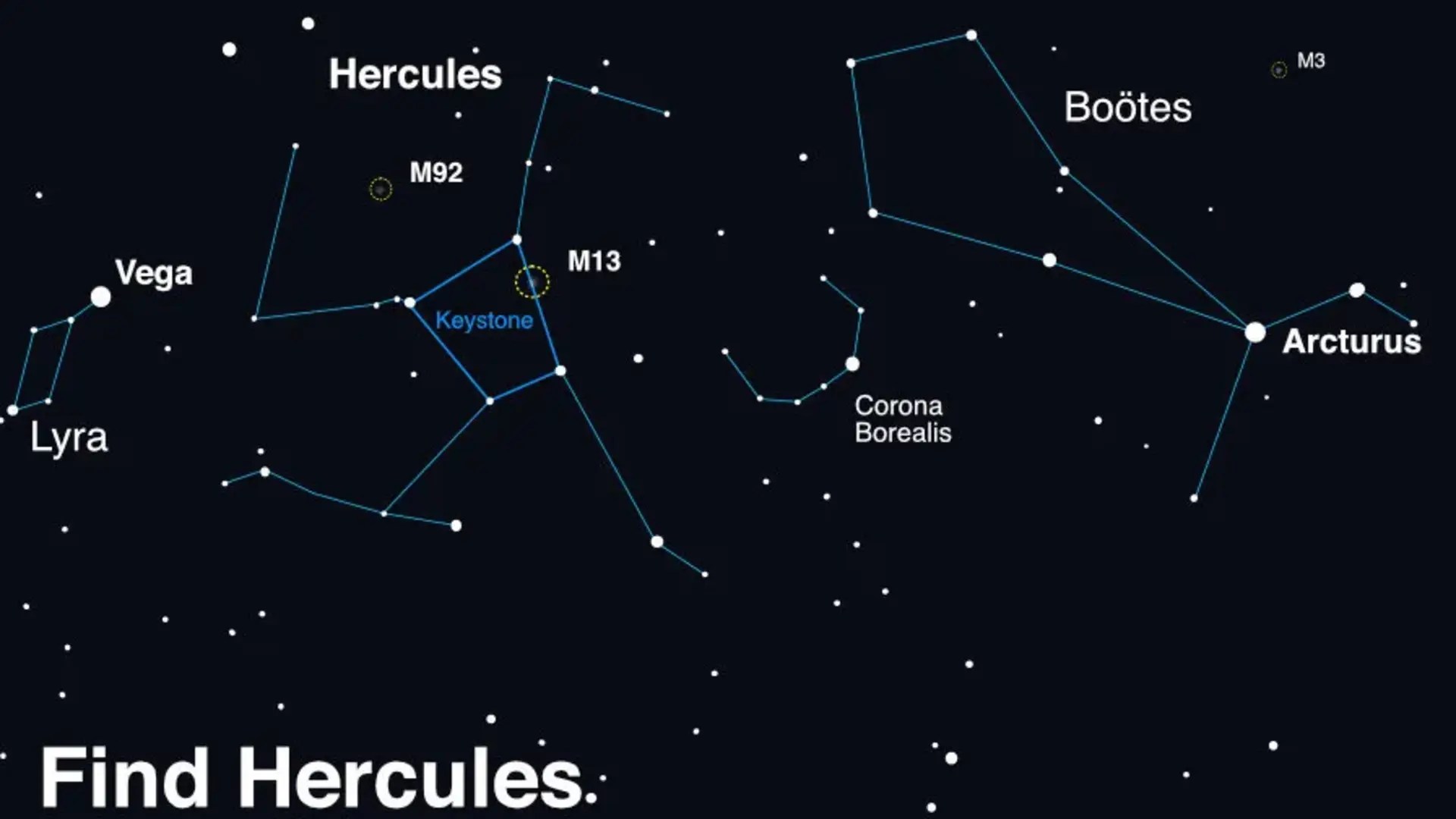In the coming days or weeks, the star T Coronae Borealis or Blaze Star is expected to be visible in the night sky. Like a starburst, its appearance will be bright and brief, but one that enthusiasts won’t want to miss.
As a binary system, T Coronae Borealis or T CrB is not one star, but two: a white dwarf and a red giant. In short, when a main sequence star like our Sun runs out of hydrogen in its core, it begins to collapse over billions of years.
After it shrinks to its core, it becomes a white dwarf, a dead star.
In an orbit with each other, the white dwarf collects the red giant’s hydrogen. A build-up of pressure and heat causes a thermonuclear explosion every 80 years, strong enough to travel 2,600 years to reach our dimension.
T Coronae Borealis nova, not supernova, will happen once in a lifetime for most people.

A once in a lifetime event for amateurs and scholars alike
T Coronae Borealis, 3,000 light years from Earth, is a small constellation of seven stars, normally invisible from Earth.
However, the upcoming celestial event is not about the entire constellation, but rather the “Northern Crown”, the binary system within the group. The brightest star in the group is Alphecca.
First recorded centuries ago, the last T CrB nova occurred in 1946. There are few repeating novae with short life cycles, let alone one powerful enough to reach us, so the rare stellar display inspires amateurs and researchers.
“It’s a once-in-a-lifetime event that will create many new astronomers. By giving young people a cosmic event they can observe for themselves, ask their own questions and collect their own data,” said Dr. Rebekah Hounsel, an assistant scientist specializing in nova events at NASA’s Goddard Space Flight Center in Greenbelt, Maryland.
“This will feed the next generation of scientists.”
For space researchers, as a nearby phenomenon, the explosion offers a rare window to study “different wavelengths that will hopefully give them clues to begin to unlock the specific structure and processes involved.”
“We’re looking forward to getting the full picture of what’s going on,” said Dr. Elizabeth Hays, head of the Astroparticle Physics Laboratory at NASA Goddard.
As technology has advanced in the past 80 years, researchers are determined to gain new insights into the life cycle of binary systems and the waning but powerful stellar processes that drive them, making this T CrB nova particularly exciting.
NASA predicted that the T CrB nova would appear closer to September. A broader assessment, however, makes viewing possible at any time of the year. Latest news, according to Guardianseems to indicate that it could appear anytime between the next few days and weeks.
Once the burst reaches us, the burst will be brief, lasting less than a week with the naked eye and visible through binoculars for another week.
A brilliant short flame: one week
In comparison, Sirius, the brightest star in the night sky, has a magnitude of -1.46, which in astronomy means it burns brighter than stars with positive values. According to The sky at night.
Since the T CrB nova could happen any time now, NASA will continue to release news about the astronomical wonder. It will look like a crown or semicircle next to Boötes and Hercules.
First, Sky at Night BBC suggests finding the Plow star pattern and following the handle to find the Boötes which can be described as a kite that triangulates towards the two legs of the stick.
From there, T Coronae Borealis should be clear. An astronomy app can help find the position. So are binoculars – an ideal prop. 2100 AEST is the best time to see the nuclear explosion according to Guardian.
In addition to its brilliance, T Coronae Borealis comes with a Greek mythological tale related to the legend of Theseus and the minotaur. It represents the crown that Dionysus gave to Ariadne after Theseus abandoned her.
She threw the crown into the sky after her marriage to Dionysus and the jewels turned into stars.
ABOUT THE EDITOR
Maria Mocerino Originally from LA, Maria Mocerino has been published in Business Insider, The Irish Examiner, The Rogue Mag, Chacruna Institute for Psychedelic Plant Medicines, and now Interesting Engineering.